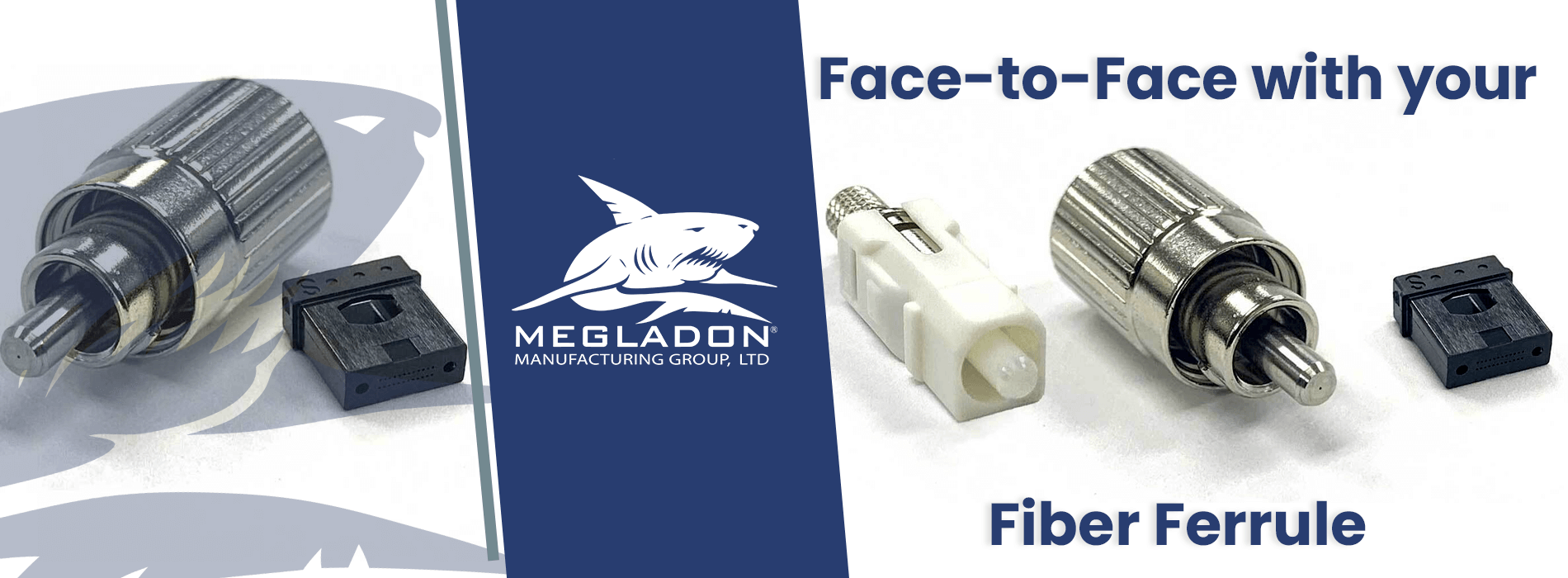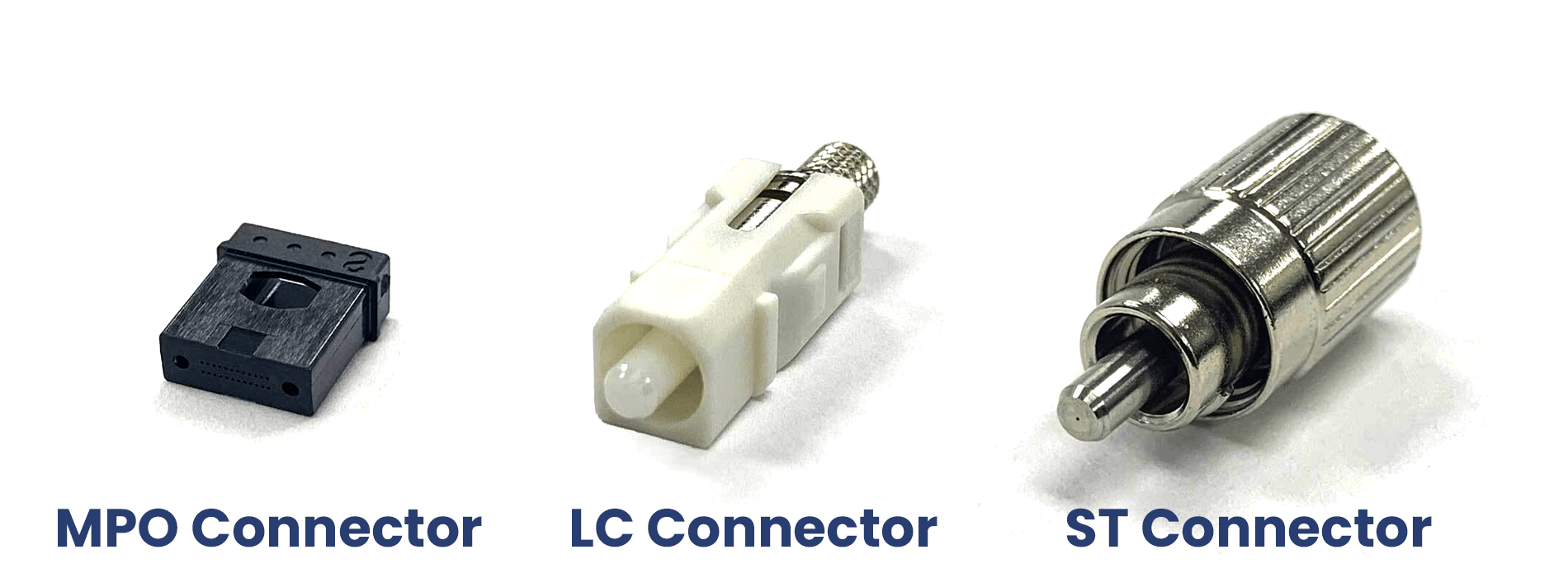
Face-to-Face with Your Fiber Ferrule
Published on November 30, 2020 by Jace Waechter
The ferrule is the most important component of the fiber optic connector. Located at the tip of a fiber optic connector, the ferrule’s primary function is to hold the glass core in place. A securely fastened ferrule will allow for precise data transmissions between the multitude of connectors and cables within your fiber optic network. In fact, ferrules are so important that the quality of your network’s transmissions can be directly traced to the material used to make the ferrule and its precise dimensions.
Over the years, manufacturers have produced different fiber connector types with ferrules made from different materials. Even the mechanics of each ferrule vary from connector to connector.
When a fiber connector is terminated, the glass fiber is glued with epoxy into the ferrule with the fiber slightly protruding past the ferrule end. Later, the fiber is trimmed back and polished co-planar with the ferrule to create a uniform, smooth surface. The end of the ferrule that is polished is called the endface of the connector.
According the way the ferrules are polished, fiber optic connectors are classified as one of the following:
- PC (Physical Contact): Features a cone-shaped ferrule sleeve which decreases the air-gap issues faced by connectors with flatter enfaces. The curvature of the endface results in lower return loss (less light sent back towards the power source) within the fiber network.
- UPC (Ultra Physical Contact): The most dominant connector on the market today. The UPC connector utilizes extended polishing methods to build upon the convex-shaped ferrule of the PC connector to further decrease return loss. Used primarily in cable television, telecommunications networks, and data centers.
- APC (Angled Physical Contact): Sometimes the performance of an application requires exceptional optical performance. The APC connector overcomes this limitation with the introduction of an angled ferrule endface. This slight adjustment provides a higher optical performance level that allows for better transmission integrity in high bandwidth applications
It is important to note that ferrules are typically the most expensive component of a fiber optic connector, often accounting for about 80% of the cost. That is why it is crucial to the success of your network for you to familiarize yourself with the different ferrule materials.

Ceramic Ferrules:
A majority of ferrules are made from zirconia ceramic, which is easy for manufacturers to mold and align with precision holes in the center. Ceramic ferrules are best suited to single-mode applications because of their hardness and thermal stability. These ferrules provide a much lower return loss than ferrules made from other materials. Zirconia ceramic also polishes well, allowing for a closer fit. This is the most common ferrule in the world, and is used in most singlemode and multimode applications deployed today.
Metal Ferrules:
Ferrules made of metal are more durable than their ceramic cousins. But they often do not offer the same precise alignment. Overall, metal ferrule sleeves are better suited for multimode fiber applications where absolute alignment isn’t crucial. They are excellent choices for harsh environment and high-power applications where temperatures can be extreme.
Plastic Ferrules:
Plastic ferrules exist to support plastic optical fibers, which are not common in the telecom and data markets. They are seen in legacy data transmission and industrial applications using POF, and are very lossy and not great at optical alignment.
Thermoplastic Ferrules:
Ferrules made of thermoplastics are becoming more common in high density applications. MPO and MTP connectors use precision molded ferrules using high temperature thermoplastics. The specialty plastics used can survive extreme temperatures and hold the drill hole tolerances exceedingly well.
Last Word
When selecting ferrule materials, you should consider the type of application your network is being used for. In addition, think about your needs in regard to return loss and other obstacles to transmission quality. Megladon can help guide you toward the most effective option for your needs.

